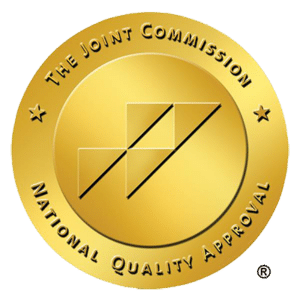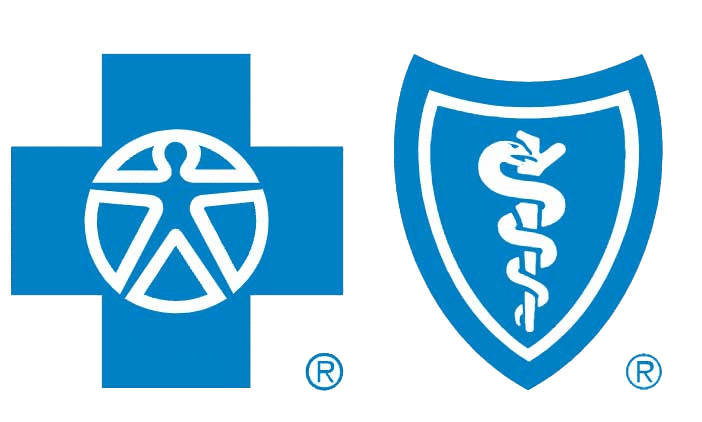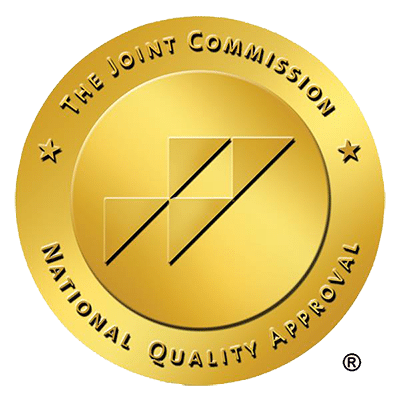To someone without a drinking problem, the differences between binge drinking and alcoholism may seem insignificant. While both types of behavior share certain similarities, there are also many notable differences between them. Binge drinking and alcoholism both involve an unhealthy relationship with alcohol. However, these two conditions affect a person’s life in unique ways and even call for different types of treatment.
Understanding the differences between alcoholism and binge drinking is vital to getting the help you need. Here are some main distinctions between each type of drinking behavior.
What Is Binge Drinking?
The Centers for Disease Control and Prevention defines binge drinking as a pattern of excessive alcohol use that raises a person’s blood alcohol content (BAC) to 0.08 or higher. For women, this is equivalent to four or more drinks in about two hours. For men, this averages out to five or more drinks within the same timeframe.
Most people who engage in binge drinking do not have an underlying substance use disorder. Instead, this behavior is typically seen in young adults between the ages of 18 and 34 who seek a “high” from the substance. This can lead to dangerous and even life-threatening consequences, such as alcohol poisoning, memory problems and serious accidents and injuries.
What Is Alcoholism?
Unlike binge drinking, alcoholism is a chronic condition. The defining traits of alcoholism include an inability to control your drinking habit, increased alcohol tolerance and continued drinking despite its harmful effects. Not all alcoholics binge drink, and not all binge drinkers suffer from alcoholism. Drinking behavior is only characterized as alcoholism when it begins to interfere with a person’s life significantly.
Those who struggle with alcoholism also find it difficult to separate drinking from their daily responsibilities. Although binge drinkers consume excessive amounts of alcohol, many limit drinking to weekends or social settings. People with alcoholism, on the other hand, often show up late to work or miss important deadlines as a result of drinking. This can damage their relationships and careers in devastating ways.
Understanding the Risks
Binge drinking and alcoholism present a different set of risks. While many of these consequences overlap, several key effects are unique to each condition. Here are the main effects associated with each drinking behavior.
Binge Drinking Risks
Because binge drinking involves high alcohol consumption over a short period of time, it can quickly lead to severe consequences. Some of the most common effects of binge drinking include:
- Alcohol poisoning
- Unintentional injuries (e.g., car crashes, burns, falls)
- Learning and memory problems
- High blood pressure
- Stroke
- Violent behavior
- Unwanted pregnancy
- Sexually transmitted diseases
- Sudden infant death syndrome
It is estimated that about 2,200 deaths occur each year in the U.S. due to alcohol poisoning. Many of these unwanted consequences can be prevented with help from the right treatment.
Alcoholism Risks
Alcoholism is a chronic condition that has many physical and psychological risks. This substance use disorder can lead to the following long-term effects:
- Heart disease
- Liver disease
- Diabetes
- Cancer
- Mental disorders (e.g., anxiety, depression, bipolar disorder)
- Pancreatitis
- Kidney disease
- Ulcers
- Fibrosis
It’s crucial to seek help immediately if you’re experiencing any of these effects of alcoholism. Finding the right type of treatment for your needs can significantly boost your chances of recovery.
Treatment Options
To overcome alcoholism or binge drinking, it’s crucial to find the right treatment program for your needs. Both drinking behaviors require different types of treatment. While binge drinking can often be addressed with help from an addiction treatment counselor or a support group, alcoholism often requires more intensive treatment. Some people who binge drink even find that they can change their behavior without any professional assistance.
When treating alcoholism, there are several steps typically involved in the process. The first stage is medical detox, which involves flushing alcohol out of your system in a safe, monitored setting. A trained medical professional will supervise you during the detox process and help reduce the risk of serious health complications.
After detox, you’ll be placed in an addiction treatment program that fits your specific needs. The most common treatment options for alcoholism are inpatient treatment (IP), outpatient treatment (OP), partial hospitalization (PHP*) and intensive outpatient treatment (IOP**). Inpatient treatment is a more intensive form of care in which patients live at a treatment facility, while outpatient treatment grants patients the flexibility to participate in their normal activities while receiving treatment.
Partial hospitalization is ideal for those who are just beginning their journey to recovery, as well as those who have completed inpatient treatment. Partial hospitalization is designed to address significant alcohol use and provide the tools needed to promote a full recovery.
Break the Cycle Today
Whether you’re struggling with binge drinking or alcoholism, it’s important to remember that everyone’s situation is unique. Be sure to choose the treatment program that makes the most sense for your own experience. At Topsail, we offer PHP, IOP and OP services at our Andover, MA, office. We’re happy to discuss our treatment options and help you take the first steps toward sobriety.
Related Posts

Critical Signs of Meth Addiction: Symptoms & Support Options
Wondering what are the warning signs of meth addiction? Early detection can be lifesaving. From drastic behavioral swings to ‘meth mouth,’ these symptoms are alarming

Essential Guide on How to Help Someone with Meth Addiction
If you’re seeking to understand how to help someone with meth addiction, this article is your immediate support guide. Encountering meth addiction within someone you

Recognizing the Warning Signs of Marijuana Addiction
Knowing the signs of marijuana addiction is vital for recognizing a serious problem that often goes unnoticed. In this article, we address the real indicators

Decoding Opioid Addiction Statistics: A Harsh Reality Check
What do the numbers say about the opioid crisis? Diving into opioid addiction statistics offers a sobering reality check: a surge in usage and deaths

Effective Strategies on How to Prevent Opioid Addiction
The key to preventing opioid addiction starts with being informed. If you’re seeking concrete steps on how to prevent opioid addiction, this article is for

How to Help Someone with Cocaine Addiction Effectively
Wondering how to help someone with cocaine addiction? It can feel overwhelming, but your role is crucial. In this guide, you’ll find understandable and practical















